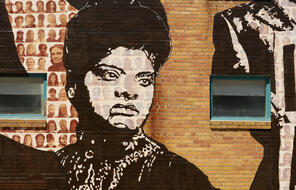Breadcrumb
This resource is part of:
- Video Witnessing Antisemitic Violence
- Video Changes at School under the Nazis
- Video From Democracy to Dictatorship
- Video Preparing for the Kindertransport
- Video Friendship and Betrayal
- Video Marched to the Ghetto
- Video Life or Death in the Netherlands
- Video Joining the Resistance
- Video Finding Safety in Italy
- Video Turned Away on the M.S. St. Louis
- Video Warning the World
- Video Witness to a Massacre
- Video Eyewitness to Buchenwald
- Video Antisemitism after Liberation
- Video Reconciling Identities after the War
- Video Caring for Survivors
- Video 1 The Red Army Enters Majdanek
Resistances in Auschwitz
At a Glance
Language
English — USSubject
- History
- The Holocaust
- Resistance
Resistances in Auschwitz
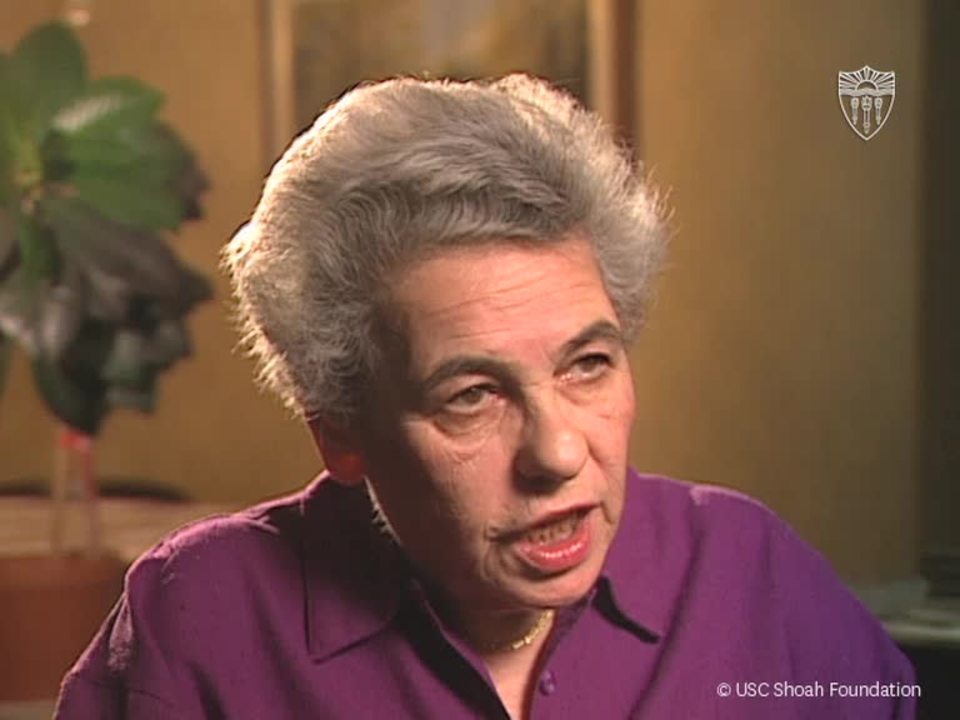
I was very curious. And although we were not allowed to get up from our seat and go to the bathroom only with permission, after a while, you got accustomed to the place. And I used to go around the factory just to look around to what was going on. I used to take two little metal boxes that were used for garbage, and walk around as if I was, you know, doing something.
And eventually, I used to take these two boxes to my sister. She used to put a little bit of gunpowder wrapped up in a little rag tied with a string into a box. And they put garbage on the top box. And I was walking with these two boxes from my place to her door, and from her door back into my place, and put it under the table, and put it inside the cuff of my dress because we didn't have pockets.
From there, I used to go to the washroom, and in the washroom, share this gunpowder with another girl, with Ella. And on the way from the factory, it was about three kilometers to Birkenau, where we lived, we used to carry this on our bodies.
From time to time, there were searches. When we heard that there was a search, we used to unwrap this gunpowder, throw it on the ground, and mix it with our feet on the ground so it was not distinguishable from the dirt underfoot.
And if there was no search?
Then, we used to bring it to Birkenau. I gave it to my sister, and my sister gave it to-- I don't know, either directly to Roza Robota or to somebody else. I don't know exactly who gave it to Roza Robota.
And from Roza Robota, it went--
It went to a special hiding place. Roza Robota had contact with the men from the crematorium. And they had the privileges to come into the women's camp. And in that particular spot, they used to come and pick it up, and bring it into the crematorium.
In October '44, there was a revolt in the crematorium, the Sonderkommandos, those were the people who were manning the crematorium, knew that from time to time after a certain period of where they were being murdered as not to bear witnesses. And that particular group decided that they are going to rebel.
They used this gunpowder and manufactured little hand grenades made out of metal around boxes of shoe polish with a wick and filled with gunpowder. And when you lit it, it exploded. I don't know how much damage it did or it didn't.
This revolt that took place on October 7, 1944 was aborted. Either they were betrayed, or whatever, all the Sonderkommando people were killed. But the crematorium was destroyed as well. There were four crematoriums in Birkenau, and one was destroyed by this.
After the revolt, the Germans found these little handmade grenades, and they identified the gunpowder, which, of course, we didn't know that gunpowder had some kind of special characteristic. They identified this gunpowder as coming only from the union, and only from Pulverraum where my sister worked.
They started an investigation. They imprisoned the four girls-- Roza Robota, Ella Gärtner, Regina Safirsztajn, and Ester Wajcblum. They tortured them mercilessly, and eventually hanged them publicly on January 5, 1945.
Resistances in Auschwitz
You might also be interested in…
Telling Our Histories

Watching Who Will Write Our History

Teaching Who Will Write Our History

Explore the Partisans
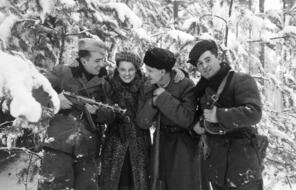
Resistance during the Holocaust: An Exploration of the Jewish Partisans

Contextualizing a Found Poem

The Holocaust and Jewish Communities in Wartime North Africa
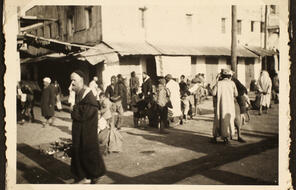
10 Questions for the Past: The 1963 Chicago Public Schools Boycott

Indigenous Rights and Controversy over Hawaii’s Maunakea Telescope
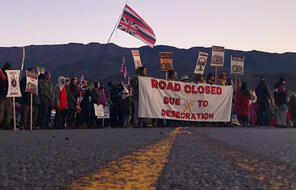
Black Women’s Activism and the Long History Behind #MeToo
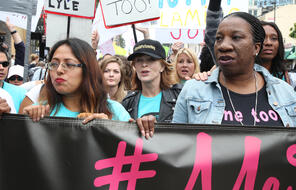
Confronting History, Transforming Monuments
The Anti-lynching Activism of Ida B. Wells
